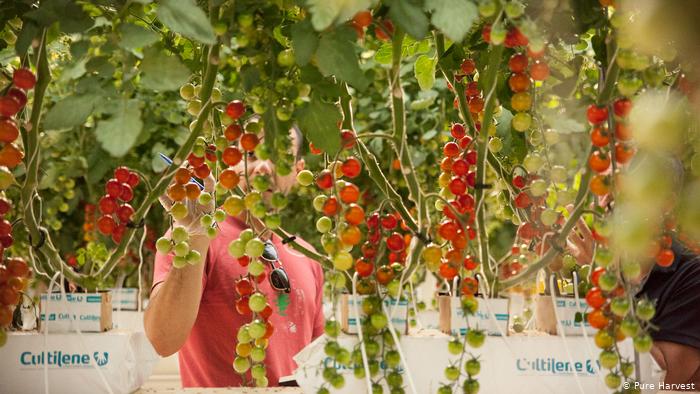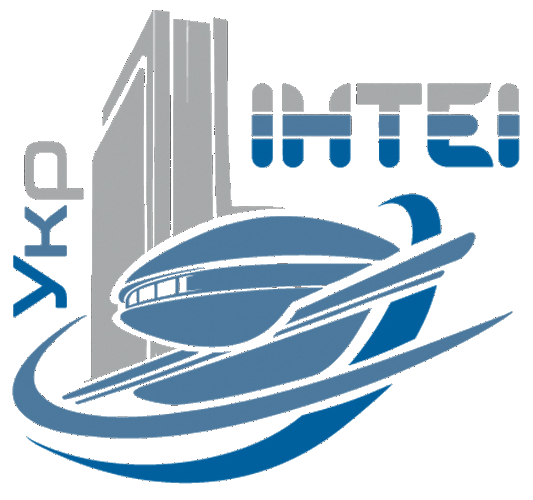The UAE has learned to grow vegetables and fruits without water and soil. What’s the secret?
28.07.2020
 Vertical agriculture should solve the problem of supplying vegetables and fruits to the population of the United Arab Emirates and the region. How it depends on the environment and how it affects it – in the DW material.
Vertical agriculture should solve the problem of supplying vegetables and fruits to the population of the United Arab Emirates and the region. How it depends on the environment and how it affects it – in the DW material.
The United Arab Emirates (UAE) has an average of only 12 rainy days per year. And only one percent of the country’s territory, consisting of seven emirates, is suitable for agriculture. Therefore, it is not surprising that 80 percent of agricultural products in the UAE are imported from abroad. Recently, they decided to grow crops on their own to meet the food needs of the population of the country and even the entire region.
At the same time, they took vertical agriculture as a basis, in the development of which the UAE is investing millions of dollars. We are talking about high-tech agro-industrial complexes that operate without meeting the conditions required for traditional agriculture.
Vertical greenhouses – know-how in the UAE
Since then, companies with innovative technologies have rushed to the UAE, which allows, for example, to grow crops with minimal water costs. This is very important for a country located among the sands.
Sky Kurtz is the founder of Pure Harvest Smart Farms. In 2017, he erected the first vertical greenhouse in Abu Dhabi, in which plants are grown without soil in several tiers using LED lighting and a special irrigation system that saves water for irrigation and harvests faster. “When I told someone in the beginning that I intended to grow tomatoes in the desert, they thought I was crazy”, – Kurz recalls. But now his idea is widespread in the United Arab Emirates.
“It takes 30-40 days for lettuce to grow under normal conditions in the field. In our greenhouse, this is enough for 10-12 days”, – says Mark Oshima, co-founder of Aerofarms, which received financial support from the Abu Dhabi government to create a vertical greenhouse in the capital of the UAE. In 2021, it should grow about 800 species of various crops.
What are the advantages of vertical farming
The advantages of vertical greenhouses are that they practically do not need soil to grow plants, and they need 95 percent less water than in traditional agriculture. And this is very important for the UAE.
In vertical greenhouses, plants are grown mainly in two ways. The first is hydroponics, when minerals and nutrients are required from a special solution around the roots. The second method is aeroponics, when plant nutrients are obtained from an aerosol.
Agriculture accounts for 70 percent of all freshwater resources on the planet. Since the UAE uses only groundwater for growing crops, this is a real problem. According to scientists from the ICBA organization, funded by the authorities of the country and specializing in the study of agricultural processes, the level of groundwater is falling faster than replenishment of their reserves due to rain or river water.
How vertical greenhouses affect the environment
“In the UAE, water is very expensive. And electricity is, on the contrary, cheap due to state subsidies,” explains Jan Vestra from the Dutch concern Priva, which supplies equipment and software for vertical greenhouses. To ensure the operation of such a greenhouse, an uninterrupted supply of electricity is required. After all, the whole process of growing plants in this way is very energy-consuming, it takes place with the help of LED lighting and the operation of the ventilation and air cooling system.
According to experts, if we talk about the impact on the environment, high energy consumption is a significant disadvantage. After all, electricity in this region is mainly produced from non-renewable sources, contributes to an increase in CO2 emissions into the atmosphere and is the cause of global climate change.
The consequences of this process are quite tangible in the countries of the Persian Gulf. According to a recent study, the average air temperature in the region could rise by 2.5 degrees by 2050, which in the next 70 years will significantly reduce the already extremely low rainfall. Therefore, in addition to solving the problem of food security when introducing new technologies, it is necessary to think about environmental protection.
In Saudi Arabia, unlike the UAE, Pure Harvest builds solar-powered greenhouses. Willem van der Chans, a scientist at the Wageningen University in the Netherlands, is convinced that technologies based on obtaining energy from renewable sources must be used in vertical agriculture. Ismahan Eluafi of ISWA recognizes that vertical greenhouses in the UAE take time to fully meet green energy standards, but he considers this form of agriculture “very promising”.
Green Energy and Food Security
The interest in “green energy” in the region is shown no less strongly than the desire to protect themselves from food shortages in the event of a drought or pandemic. By 2050, the UAE wants to provide half of its electricity needs from renewable sources.
Fred Rugit, a vertical agriculture expert at Priva, explains that if you need to consider how much the production of a food product is harmful to the environment, then you should pay attention to the process of its transportation and storage. Vertical greenhouses require more energy than agricultural production normally. But the cost of transporting products, for example, by plane or by sea, is absent in the first case. In addition, Rujit points out that the region uses less water and pesticides when growing fruits and vegetables, and consumers receive fresher goods due to the fact that delivery is much faster.
Source: dw.com











